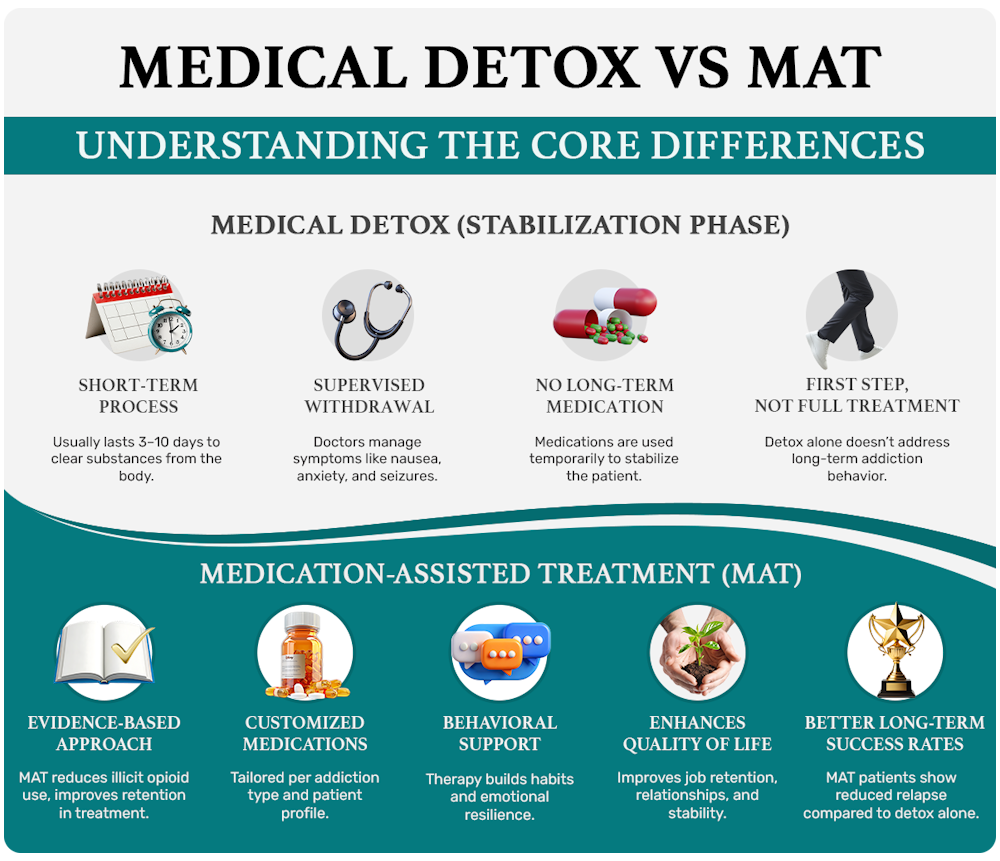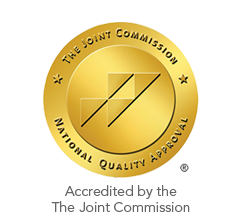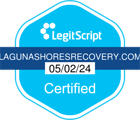Medical Detox vs.
Medication Assisted Treatment (MAT)
Definitions, Similarities and Differences
A detox helps individuals comfortably get through the first stage of treatment: withdrawal. Once individuals complete the detoxification phase, many people are further helped by medication-assisted treatment (MAT) to stave off cravings and remain abstinent.
Medical detox and MAT have many similarities as well as differences. Let’s explore how they are the same and different, where they can be found, and who benefits most from each type of treatment.
- Early intervention
- Outpatient services (OP)
- Intensive outpatient (IOP) or partial hospitalization (PHP)
- Inpatient (IP)/residential services
- Medically managed intensive inpatient services
A medical detox typically happens in the early intervention phase, whereas MAT can be provided on any of the other levels. Other differences between detox and MAT is the goal of the treatment.

What Is Medical Detox?
Medical detoxification is a process that’s intended to create a fresh start by clearing the brain and body of any substances. The detox process is designed to manage acute intoxication and deal with withdrawal symptoms. The most common types of medically supervised detoxes are for alcohol and opiates.
Detoxification is not a standalone substance abuse treatment, but rather the first step. The detox process has three essential parts:
- Evaluation of the person’s needs
- Stabilization of the person
- Cultivating readiness within the person for entering formal substance abuse treatment
Be Brave. Get Help.
Parts of Detox
Sometimes called an assessment, there is a test for the type and level of substances that are in the bloodstream. A screening for co-¬occurring mental and physical conditions is also conducted. Evaluation also includes a comprehensive assessment of medical, psychological and social factors to aid in determining the appropriate level of treatment following the detox process. The evaluation builds the foundation for the initial substance abuse treatment plan once the individual completes withdrawal.
The stabilization stage of detox includes medical and psychosocial assistance during acute intoxication and withdrawal to keep the individual in a supported, medically stable, substance-¬free state. Typically, this stabilization is accomplished by using medications. Stabilization also involves familiarizing the person with what to expect in substance abuse treatment as well as their role in treatment and recovery. During this time clinicians may also ask the person’s family and friends to get involved.
It’s important to note that the detoxification process is not designed to deal with the existing psychological, social and behavioral issues that led to alcohol and drug abuse. Because of the limits of a detox, cultivating the person’s entry into treatment is included.
This involves preparing the client for entering substance abuse treatment by stressing the importance of participating in a complete substance abuse treatment program for successful and long-lasting sobriety.
Detox services are offered in a wide variety of settings including, clinics, hospitals, and treatment centers. There is also a variety of the number of levels of intensity within these settings such as inpatient, partial hospitalization and outpatient.
People struggling with an addiction should be placed in the appropriate setting according to their needs.
What Is MAT?
In opiate treatment programs (OTP), MAT provides a safe, controlled level of medication(s) to help the person overcome the use opioids. Research shows that when a person is provided the proper dose, MAT medications do not produce adverse effects on the person’s intellectual, mental and physical capabilities.
In alcohol dependence treatment programs, MAT medications are used to treat a condition called alcohol use disorder (AUD) also known as alcoholism. These drugs are not a cure for AUD, but they can be part of an effective treatment program.

Medical Detox and MAT Differences and Similarities
How are Medical Detox and MAT Different?
Why and How Are Medical Detox and MAT the Same?
Withdrawal symptoms when detoxing from opioids include the jitters, anxiety, muscle cramps, and diarrhea. The following medications help keep these and other symptoms at bay.
- Buprenorphine is used to suppress and reduce cravings. Buprenorphine comes in a form of a pill or a tablet that’s placed under the tongue.
- Naloxone (Evzio) is a medication that blocks the effects of opioid drugs, including pain relief or feelings of euphoria that can result from opioid abuse. It’s also used to reverse the effects of narcotic drugs. Naloxone injection is used to treat a narcotic overdose in an emergency situation.
- Suboxone is used to treat opiate addictions and is a combination of buprenorphine and naloxone.
Alcohol withdrawal can produce serious symptoms such as nausea, anxiety, stomach pain, heart palpitations, high blood pressure and possibly seizures and hallucinations.
Benzodiazepine drugs are used to control withdrawal symptoms, because they work as anticonvulsants and muscle relaxer. Due to these effects, benzodiazepines can help to alleviate anxiety. Lorazepam, brand name Ativan, is a type of benzodiazepine that can help with both anxiety and depression during detox and as a MAT medication.
Disulfiram is a MAT drug used to treat chronic alcoholism. It’s most effective in individuals who have already completed detox or are in the first stages of abstinence. Disulfiram is meant to deter a person from drinking. Disulfiram is taken once a day. If the person then takes an alcoholic drink, unpleasant side effects develop, such as headache, nausea, vomiting, difficulty breathing and chest pains, even if only a small amount of alcohol was consumed.
Acamprosate is a MAT medication for people in recovery who have stopped and want to prevent future drinking. Acamprosate helps people abstain by stabilizing the chemical balance in the brain.
Naltrexone is used as a MAT medication for alcohol dependency, because it blocks the euphoria and feelings of intoxication that people who misuse alcohol seek. These naltrexone effects allow people struggling with alcohol addiction to reduce drinking behaviors to levels where they can stay in treatment, avoid relapsing, and take MAT medications.


 Matthew Beck B.A, M.A, LMFT
Matthew Beck B.A, M.A, LMFT 


